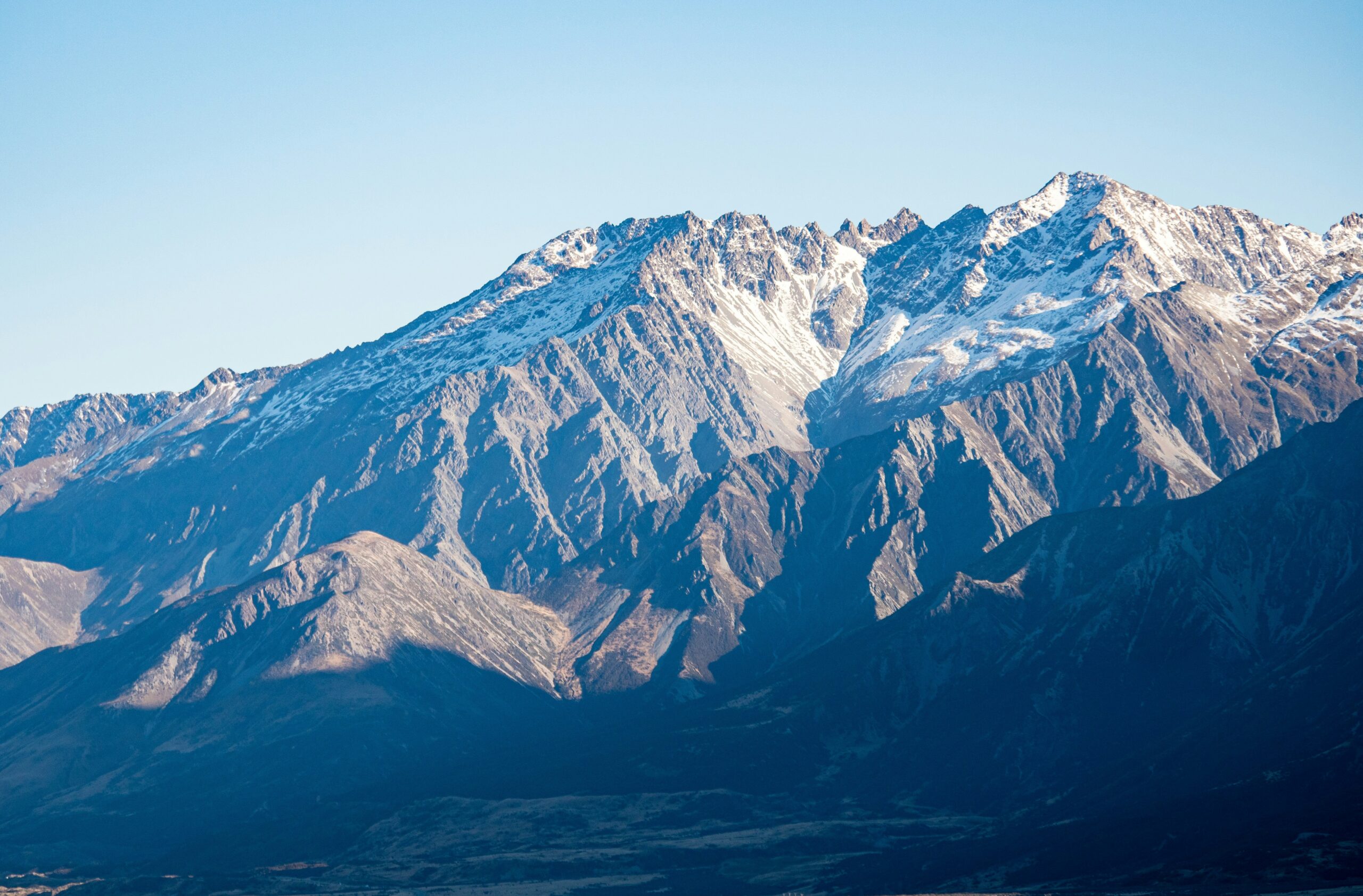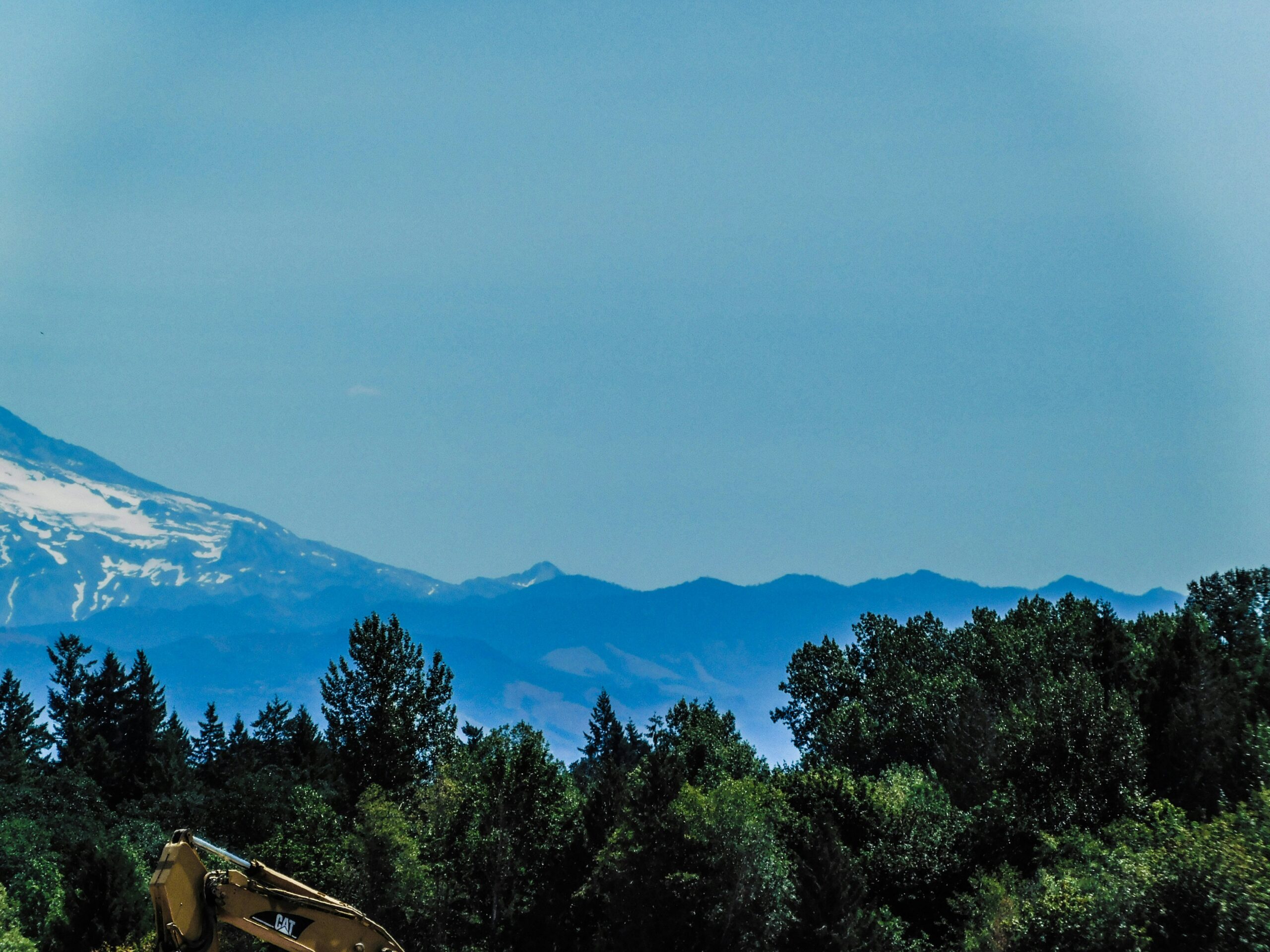Have you ever wondered how the elevation of a location can impact local attractions? Mount Shasta City, sitting at an elevation of approximately 3,600 feet or 1,100 meters, is a unique and fascinating place that offers much more than its majestic mountain views. But how does its elevation play a role in what you can do there? In this article, we'll explore how this elevation affects the local attractions and what you can expect when visiting.

Understanding the Elevation of Mount Shasta City
Mount Shasta City is nestled in Northern California, just south of the impressive Mount Shasta itself, an imposing stratovolcano. This elevation isn't just a random number on a map—it contributes significantly to the climate, geography, and the variety of attractions you can find in the area. Let’s break down how an elevated environment shapes this small city and its surrounding attractions.
Climate Influence Due to Elevation
At 3,600 feet, the elevation of Mount Shasta City bestows unique weather patterns, cooler temperatures, and distinct seasonal changes. The elevation impacts the climate in a way that enhances outdoor activities and scenic attractions. Summers tend to be mild, which is perfect for hiking and exploring, while winters bring about a snowy wonderland ideal for skiing and snowboarding.
Geographic Diversity
The city's elevation and proximity to Mount Shasta have created a diverse range of geographic features within a relatively small area. From lush meadows to rugged volcanic landscapes to serene alpine lakes, this variety stems from the altitude and geological activity associated with being near a volcano.
The Unique Range of Attractions Linked to Elevation
Mount Shasta City benefits from its elevation in numerous ways, especially regarding the activities and attractions available to visitors. Each of these attractions offers a distinctive experience that embraces the city’s elevation.
Hiking and Trails
One of the most popular activities in Mount Shasta City is hiking. The elevation provides cooler, pleasant conditions at higher altitudes, making it a favorite for outdoor enthusiasts who want to explore trails that offer panoramic views and a chance to connect with nature.
Popular Trails to Explore
| Trail Name | Difficulty | Description |
|---|---|---|
| Bunny Flat Trail | Moderate | Offers incredible views of Mount Shasta and the forested landscapes. Ideal for experiencing the distinct elevation-driven plant life. |
| Black Butte Trail | Strenuous | A steep climb that rewards with breathtaking views of the region. The altitude challenges hikers but also provides a sense of accomplishment. |
Winter Wonderlands
The considerable elevation makes Mount Shasta City a fantastic destination for winter sports. With ample snowfall, visitors can engage in skiing, snowboarding, and other snow activities.
Mount Shasta Ski Park
This local gem offers a wide array of winter sports supported by the city’s elevation, which provides reliable snow conditions crucial for such activities. You'll find slopes suitable for all skill levels, and with the scenic backdrop of Mount Shasta, each run is a picturesque journey.
Lake and Water Activities
Though you might associate elevation more with mountains than water, lakes around Mount Shasta City like Heart Lake and Castle Lake are elevated, creating unique opportunities for paddleboarding, kayaking, and fishing with an alpine twist. The high altitude offers not just stunning surroundings but often clearer, cooler waters.
Influence of Elevation on Flora and Fauna
The biodiversity in Mount Shasta City is intrinsically linked to its elevation. With distinct altitudinal gradients, the flora and fauna vary significantly at different elevations, enriching the ecological tapestry of the area.
Influence on Native Plant Life
Many plant species in Mount Shasta City are uniquely adapted to higher altitudes. These include high-elevation meadows filled with lupine, Indian paintbrush, and other alpine wildflowers that burst into color from late spring to early summer. Such plant life draws botanists and nature lovers alike.
Wildlife Encounters
The elevation supports various wildlife that thrive in cooler, forested environments. You might have the chance to spot deer, squirrels, and a wide array of birds such as eagles and hawks. Birdwatchers find the elevation a prime spot as different altitudinal layers host various bird species.
Cultural and Historical Attractions
Beyond natural beauty, the elevation touches the cultural and historical aspects of Mount Shasta City. Elevation often contributed to the protection and location of historic sites, now attractions for visitors eager to learn about the local heritage.
Shasta-Trinity National Forest
This sprawling forest area, significantly shaped by the region's elevation, offers rich historical tours and cultural insights, inhabited by indigenous communities for centuries. These groups adapted to the challenging altitudes, and their stories are woven into the natural landscape.
Relics of the Past
Many historical buildings and sites reflect the adaptation to living at elevation, offering insights into the pioneering spirits who settled the area long ago. From old logging towns to the mystical ties attributed to Mount Shasta itself, there's an elevation-induced history waiting to be uncovered.

Your Elevation-Enhanced Journey Awaits
Mount Shasta City is a microcosm of how elevation molds not just the land but also the very fabric of a community. Whether you're drawn to the snow-capped vistas in winter, the trails and lakeshipped with summer blooms, or the rich cultural tapestry, elevation plays a starring role in shaping what you see and do.
In conclusion, the elevation of Mount Shasta City is more than a geographical fact—it's an influential force that enhances local attractions and provides a framework for understanding why this region is so captivating. By embracing its elevation, Mount Shasta City offers you experiences that are as elevated as they are memorable, ensuring that every visit is as enriching as the heights themselves.
